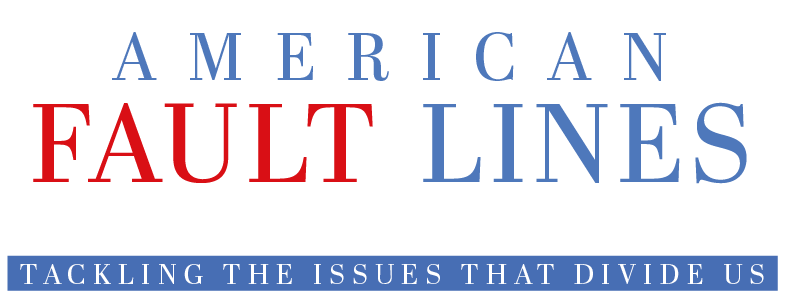Internet.com (Jan. 31, 2001)
It's a bit like the SETI program. You send out a signal, but you may never know if anyone ever received it.
That may work for researchers searching for intelligent life in the universe, but for advertisers eyeing wireless, it's far less attractive. Yet it's precisely the situation for anyone considering advertising via wireless.
"There are only certain things you can measure at this point because of the sophistication of the devices," says Tim DePriest, president of the Wireless Advertising Association, which held its first general meeting last week in San Francisco.
Closing the loop is one of the big challenges of wireless advertising. Internet clickthroughs leave an electronic trail that makes it easy to track whether an exposure was converted to a sale. Not so with wireless.
"We do have a record of whether someone called an 800 number" as a result of a wireless advertisement on a cell phone, DePriest says, "but what we can’t track is what happened once someone is talking to a customer service rep. The merchant can, but for the advertiser there's no closer loop to tie those two together."
But even before advertisers face that challenge, there is the even more basic issue of getting eyeballs on the devices, much less the ads.
Wireless providers and advertisers are spending a good deal of their time -- and money -- reaching out to what remains a very <I>potential</I> audience.
Just how embryonic wireless advertising is can be seen in Advertising.com's AdBroadcast program. Initially, participants were <I>paid</I> 50 cents for every advertisement that they viewed in full. That program has been replaced by one more in keeping with Internet promotions designed to ramp up traffic. Now, instead of being paid for each ad viewed, users get another entry in a weekly give-away of one million dollars in cash.
Getting Wired Without Wires
The big potential with wireless advertising lies in one-on-one targeting customized to precisely the needs of the user. That allows a host of direct promotions that reach out to the individual where and when the ad will be most effective.
One wireless experiment that has gotten plenty of press is a Starbucks promotion in which customers who had opted-in were paged and offered discounts whenever they were near a Starbucks outlet. Wireless fans say this is the future of the medium.
"The idea is that they're going to get the feet on the street because they're aiming at the eyeballs that are interested," says Rachel MacAulay of the Kelsey Group, a research firm.
Jupiter Research was not quite so enthusiastic in a report last year: "Although this situation sounds ideal, wireless advertising is so limited at this time that the reality is nowhere near this imaginary world."
A trial by wireless marketer SkyGo currently underway in Boulder, Co. has reported significant success with wireless coupons. But a big hurdle to widespread adoption of the technique is the fact that few retailers are currently equipped with scanners capable of reading wireless devices.
And You Thought Counting Internet Eyeballs Was Hard
Like Internet advertising providers, the wireless industry must also find ways to standardize everything from ad formats to metrics captured and reported.
"We've had to figure out with the software what can we gather, how much is required, and what do we absolutely have to report to advertisers," says SkyGo's Ellison.
The industry <I>can</I> determine when an ad is received by a phone or PDA, and while there are metrics on "tap-throughs" from PDAs, phone clickthroughs cannot be tracked. And because there is no return loop on a one-way pager, advertisers often do not even know whether their message was received on those devices.
Privacy and the irritation factor of unwanted ads are other issues wireless advertisers face. SkyGo used a double opt-in system, in which consumers told them what kind of ads they wanted to see and what time of day they wanted them delivered.
These are some of the issues that have kept the big money from diving into wireless.
"Unlike on the Internet, where you had Ford and General Motors and companies like that throwing money at pilots, here you have a couple of large advertisers, but more so the Internet companies playing with this," says DePriest.'
Proctor & Gamble and J.C. Penney were among the participants in the SkyGo trial, but local Colorado companies also played a big part in the test.
"We think that ultimately local advertisers will be an important part of wireless advertising," says SkyGo's Ellison.
For the moment, regular wireless advertisers include a hodgepodge of companies, from gift registries to music sites to Jiffyloob. The thread that holds them all together is the fact that their products lend themselves to quick response and the use of coupons.
As for the nightmare scenario of your cell phone ringing incessantly with marketing pitches and your PDA jammed up with ads, DePriest says that won't happen.
"The horror stories run far and deep, but few are based on reality," he insists. "Because of the personal aspect of the devices, there's little chance anyone will have luck spamming more than once."
But one times the universe of potential spammers, is still a lot of spam.


